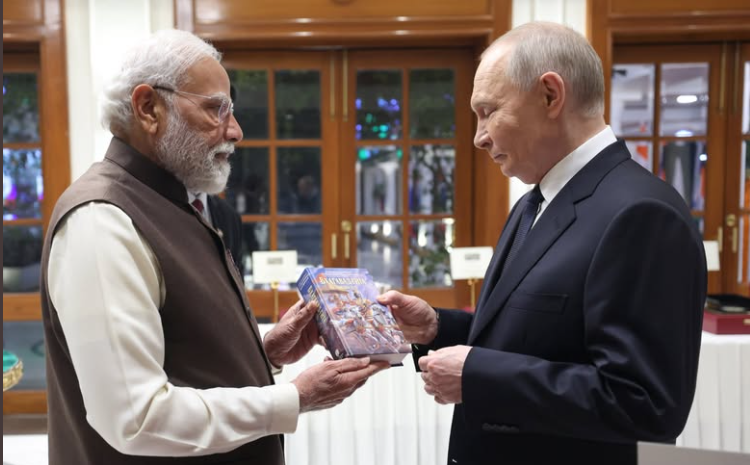Textile Sector Poised for Growth Amidst Regional Turmoil
- InduQin
- Aug 5, 2024
- 3 min read
India's textile sector is positioned for growth amidst challenges in Bangladesh. Experts see India as a viable alternative for key markets like Europe and the US. While Bangladesh excels in large-scale manufacturing, India's strength lies in smaller orders. The crisis presents mixed effects across Indian regions, with potential losses in areas reliant on Bangladeshi exports. India aims to leverage the situation by expanding incentives for textiles. Challenges exist, including Bangladesh's pricing advantage. India must focus on capacity enhancement and product diversification to compete globally.
Bangladesh's textile industry has long been celebrated as a success story, supporting a significant portion of the country's export economy. Factors such as access to inexpensive Chinese fabric, flexible labor laws, and massive production facilities have contributed to its remarkable growth. However, recent challenges in Bangladesh have sparked discussions about the potential rise of India as a prominent player in the global textile market.
As the crisis in Bangladesh deepens, industry experts are eyeing Indian textiles as a promising alternative for key markets in Europe, the UK, and the US. This shift could inject new life into India's textile sector, which has faced a slowdown in exports in recent times.
Devendra Pant, the chief economist at India Ratings, believes that ongoing unrest in Bangladesh could present an opportunity for India's textile industry. However, he notes that the long-standing relationships between buyers and sellers might not change abruptly based on temporary disruptions.
Rahul Mehta, from the Clothing Manufacturers Association of India (CMAI), highlights that India's strengths in textile production differ from Bangladesh's. While Bangladesh excels in large-scale manufacturing, India's expertise lies in smaller orders with added value and flexibility. The path for Indian exporters to capture Bangladesh's market share may not be straightforward.
The situation presents a mixed bag for different regions within India. While garment-manufacturing hubs like Coimbatore, Tirupur, and Delhi might benefit, areas like Surat could face challenges due to their reliance on exports to Bangladesh.
Vishal S. Budhia, representing the South Gujarat Textile Processors Welfare Association, anticipates significant losses for Surat during the upcoming festive season, emphasizing the intricate ties between the two countries in the textile trade.
India's readiness to capitalize on the turmoil in Bangladesh is further underscored by the government's plans to expand production incentives for textiles. Despite a slight decline in overall textile exports, India remains hopeful about leveraging the situation to boost its presence in the global market.
The evolving dynamics in Bangladesh could also impact the global supply chain landscape, potentially benefiting Indian exporters. The concept of a "China plus one" strategy, which seeks to diversify sourcing beyond China, could create new opportunities for Indian garment makers.
However, challenges remain. The pricing advantage that Bangladesh enjoys due to its use of Chinese fabrics poses a hurdle for India. To emerge as a preferred textile source globally, India must focus on enhancing domestic capacity, upskilling its workforce, and diversifying its product range.
As uncertainties loom over the future of Bangladesh's garment industry, India stands at a crucial juncture to potentially expand its footprint in the global textile market. The outcome hinges on the duration and severity of the crisis in Bangladesh and India's ability to adapt to changing market demands.
In the words of Devendra Pant, "The impact of the crisis in Bangladesh on India's textile sector will be contingent on how fluid the situation becomes and its lasting effects on the supply chain. Any shift in buyer preferences will likely occur over time rather than immediately."








Comments